A hero shot in real estate photography is a pivotal tool used to capture the essence of a property and draw in potential buyers. This key photo showcases the best features of a home, making it more appealing to viewers from the first glance. With perfectly composed lighting, angles, and staging, the hero shot is designed to create an unforgettable first impression.
Our approach to capturing a hero shot includes careful consideration of the property’s unique elements and arranging every detail to highlight its strengths. From straightening cushions and chairs to ensuring even lighting, every small adjustment contributes to a polished and inviting image.
In real estate marketing, a compelling hero shot can be the difference between a property that stands out and one that is easily overlooked. Our goal is to make every hero shot a powerful tool that invites buyers to explore further and envision themselves in the space.
Key Takeaways
- A hero shot is vital for capturing a property’s best features.
- Effective hero shots require perfect lighting and composition.
- The right hero shot can make a property stand out to buyers.
Understanding the Hero Shot
Hero shots in real estate photography are key to catching potential buyers’ attention. They help in creating a strong first impression and significantly influence engagement and value perception in a competitive market.
Definition and Importance
A hero shot is the primary image used to showcase a property. It captures the essence and most alluring features of the home.
This photo is the first thing potential buyers see, usually serving as the cover of a virtual property flyer or listing. It should be eye-catching and evoke emotions like warmth, comfort, or excitement.
Effective hero shots can make a property stand out and increase interest. They play a crucial role in real estate marketing, as buyers often base their initial interest on this single image.
Role in Real Estate Marketing
Hero shots are vital in real estate marketing. They act as the hook that draws potential buyers to the property listing.
In marketing materials, a well-composed hero shot highlights the property’s unique appeal, attracting more engagement. Typically, the hero shot is an exterior photo taken in the best possible lighting.
Each detail, from the angle to the composition, adds to the perceived value of the property. By ensuring all elements are perfectly aligned, we can appeal to buyers’ preferences and create a lasting impression. This single image can significantly influence a buyer’s decision, highlighting the importance of getting it right.
Technical Aspects of Hero Shots
Hero shots in real estate photography capture a property’s best features with optimal lighting and composition. Mastering these technical elements can make a property’s listing stand out.
Composition and Framing
Composition and framing play crucial roles in creating a compelling hero shot. We need to identify the property’s most appealing features and ensure they are prominently featured.
Using the rule of thirds can help balance the image. Placing important elements along these lines or at their intersections creates visually engaging photos. Symmetry can highlight architectural elements, and leading lines can guide the viewer’s eyes through the scene.
Decluttering the scene is also important. Removing unnecessary items helps focus attention on the property.
Lighting Conditions
Proper lighting is key to a successful hero shot. We should photograph during times when natural light is abundant but not harsh, such as in the morning or late afternoon.
Adjusting brightness and contrast during post-processing can further enhance the image. Balanced lighting helps avoid overexposed highlights and underexposed shadows.
Artificial lighting might be useful indoors, but relying on natural light generally provides a more authentic and warm feel to the property.
Best Use of Natural Light
Natural light brings out the true colors and textures in a property. Positioning ourselves where light floods into the room can result in brighter, more inviting images.
Opening blinds and curtains allows sunlight to illuminate the space naturally. We should shoot from angles that minimize shadows and avoid shooting directly into the light, as this can create glare.
Reflectors can also be used to bounce light into darker areas, providing a more even exposure across the entire scene.
Capturing the Golden Hour
The golden hour, shortly after sunrise or before sunset, is ideal for exterior hero shots. During this time, the light is soft and warm, adding a touch of magic to the scene.
This lighting condition highlights the property’s details and creates long, soft shadows that add depth and dimension. We should plan our shoots around these times to take full advantage of this natural phenomenon.
Using a tripod can help stabilize the camera during the low-light conditions of the golden hour, ensuring sharp, clear images that will captivate potential buyers.
Including outdoor features like gardens or swimming pools in this light can further enhance the property’s appeal.
Staging the Scene

To create a compelling hero shot for a real estate listing, we must focus on effective preparation and decluttering, highlighting key features, and incorporating lifestyle elements. These steps ensure the property looks inviting and showcases its best aspects.
Preparation and Decluttering
Before we start taking photos, we need to prepare the scene meticulously. This involves deep cleaning and decluttering each room to ensure a tidy and appealing space. We recommend removing personal items like family photos, which can distract potential buyers.
We also pay attention to small details, like making sure cushions are straightened and chairs are pushed in. If we are showcasing a beautiful kitchen, everything should be spotless, with countertops cleared of unnecessary items.
When we stage the scene, we aim to create a sense of space and welcoming atmosphere, turning each room into part of a potential buyer’s dream home. It’s the foundation of capturing a perfect hero shot.
Showcasing Key Features
A successful hero shot highlights the property’s unique features. We focus on elements that make the home stand out, such as an inviting entrance or a spacious living area. Identifying these key features helps us decide where to position the camera and what angle to use.
For instance, if the property has a large, beautifully landscaped backyard, we take the shot from a point that captures the expanse and greenery. We often shoot exterior photos at a slight elevation to enhance depth and perspective.
Lighting is crucial. We make sure to shoot at a time of day when natural light enhances the property’s appeal. Don’t forget to turn on lamps and overhead lights to create a warm and inviting glow, particularly for interior shots.
Incorporating Lifestyle Elements
We aim to stage the scene with elements that evoke a certain lifestyle. This helps potential buyers visualize themselves living in the space. Simple touches such as setting the dining table with tasteful place settings or placing a cozy throw on the sofa can make a significant impact.
We often include fresh flowers or stylish decor pieces to add personality to a space without causing clutter. For a beautiful kitchen, we might place a bowl of fresh fruit on the counter or a vase of flowers on the island.
By incorporating these lifestyle elements thoughtfully, we create scenes that not only look good in photographs but also resonate emotionally with viewers, making them see the property as their potential new home.
Equipment and Techniques for High-Quality Shots
Proper equipment and techniques are crucial for capturing high-quality hero shots in real estate photography. Using the right camera and lens, stabilizing tools like tripods, and effective editing techniques significantly enhance the final image.
Choosing the Right Camera and Lens
For real estate photography, we need a high-quality digital camera and a suitable lens. A digital camera with a full-frame sensor provides excellent image quality and low-light performance. Wide-angle lenses are essential because they can capture more of the room in a single shot, making spaces appear larger and more inviting.
A lens with a focal length of 16-35mm is typically ideal for this purpose. Investing in a lens with a low f-stop number can also help us achieve better results in lower light conditions, ensuring the images are sharp and well-lit.
Utilizing Tripods and Flashes
Using a tripod is crucial for stability and sharpness. It allows us to use longer exposure times without camera shake, which is particularly helpful in dimly lit areas. This tool ensures our shots are crisp and professional-looking.
In addition to natural light, flashes or external lighting can enhance photos. When natural light is insufficient, a flash can help fill in shadows and light up dark areas, ensuring even lighting throughout the shot.
Advanced Editing Techniques
Editing techniques can transform a good photo into a great one. We use software like Adobe Lightroom or Photoshop for image enhancement. Color correction, exposure adjustment, and sharpening are basic steps that can significantly improve a photo’s quality.
Utilizing presets can streamline the editing process, giving our photos a consistent and professional look. Techniques like HDR (High Dynamic Range) processing can also combine multiple exposures into one image, ensuring that both the darkest and brightest parts are well-exposed.
Finally, removing any distracting elements and enhancing key features of the property in editing ensures the hero shot is visually appealing and highlights the best aspects of the property.
Specialized Hero Shot Variations

In real estate photography, a hero shot can highlight various aspects of a property, capturing its unique features and maximizing its appeal to potential buyers. Twilight exterior shots, elevated and drone photography, and interior highlights each play a crucial role in this process.
Twilight Exterior Shots
Twilight shots are taken during the “golden hour,” just after sunset or before sunrise. These images can make exterior photos more striking by showcasing both the property and the lighting. The soft, natural light during twilight highlights the building’s architecture and enhances its curb appeal. For instance, a pool area can look inviting, with lights reflecting off the water, creating an ambiance of luxury and relaxation.
We need to ensure all exterior lights, including path lights and pool lights, are turned on. This adds warmth and depth to the photograph. Using a tripod for stability is crucial for these shots to avoid blurriness, which is common in low-light conditions.
Elevated and Drone Photography
Elevated and real estate drone photography provide unique perspectives that ground-level shots simply can’t achieve. Shooting from an elevated position or using a drone can reveal the property’s layout, including large yards, landscaping, and nearby amenities. This is especially beneficial for properties with expansive grounds or stunning surroundings.
Drone photography ensures that potential buyers get a sense of the elevation and how the property fits into its setting. We recommend capturing multiple angles to offer a comprehensive view. This method is particularly effective for larger properties or those with special outdoor features like a pool or a beautiful garden.
Interior Highlights
Interior hero shots focus on the most appealing rooms, such as the bedroom or bathroom. Choosing the right angles and lighting is crucial. For a bedroom, natural light from windows can make the space feel open and welcoming. In bathrooms, highlighting design elements like tile work or a spacious shower can enhance the property’s perceived value.
We should pay attention to details like straightened cushions and even spacing for chairs. Elevation can also matter here; shooting slightly above eye level can provide a flattering perspective of the room. Turning on interior lights can add warmth and make the rooms look more inviting.
Maximizing Impact with Hero Shots

Hero shots can elevate real estate listings and marketing efforts by making properties stand out. These shots attract attention, evoke emotions, and can lead to higher engagement and inquiries from potential buyers.
Strategic Use in Real Estate Listings
We should always start with a hero shot when presenting a property online. This image sets the tone and grabs the viewer’s attention immediately. By highlighting the most attractive feature—whether it’s a spacious living room, a beautifully landscaped yard, or a modern kitchen—we showcase the property’s best attributes right away.
Consistency is key. All hero shots must be taken in optimal lighting and composed thoughtfully. A well-staged room with clean lines and inviting décor helps potential buyers envision living there. Additionally, ensure the photo resolution is high to maintain quality, even when zoomed in.
Enhancing Social Media and Marketing Campaigns
Hero shots are also powerful tools for social media and marketing campaigns. Platforms like Instagram and Facebook rely heavily on visuals. Our hero shots need to be striking enough to pause someone’s scroll. Vibrant colors, dynamic angles, and clear imagery are essential.
In marketing emails, we use hero shots as the main visual hook. This can boost open rates and engagement. By pairing these shots with a compelling call-to-action, we drive potential buyers to contact us or visit our website for more information. Consistency across all marketing materials ensures that our brand stays recognizable and professional.
Improving Click-Through Rates and Conversions
High-quality hero shots improve click-through rates and ultimately lead to higher conversions. Online listings with captivating images receive more views and clicks.
For best results, hero shots should load quickly on websites and be mobile-friendly. We track performance metrics to see which images best convert viewers into leads and new clients. By analyzing these trends, we refine our approach, focusing on what resonates most with our target audience. This continuous improvement cycle helps us stay ahead in a competitive market.
Challenges and Solutions in Hero Shot Photography
Creating a compelling hero shot for real estate can be challenging due to issues with lighting, weather, balancing authenticity and creativity, and avoiding common mistakes. Here, we’ll discuss effective solutions to these problems.
Dealing with Difficult Lighting and Weather
Lighting and weather can be unpredictable, affecting the quality of the hero shot. An overcast day may wash out colors, while too much sunlight can cause harsh contrasts and shadows.
To combat these issues, we can use HDR (High Dynamic Range) photography to balance exposure in mixed lighting conditions. For outdoor shots, we often schedule photo sessions during the golden hours—shortly after sunrise or before sunset—when the light is softer and more even. If weather conditions are poor, shooting well-lit rooms inside can ensure consistent results. Some photographers also use day-to-dusk editing techniques to enhance the appeal of evening shots.
Balancing Authenticity and Creativity
While it’s crucial to highlight the best features of a property, it should still look authentic. Over-editing or using unrealistic enhancements can mislead potential buyers.
We aim for a balanced approach by using natural enhancements such as improved lighting and contrasts without altering the true appearance of the property. For instance, capturing different angles can showcase the property’s unique aspects without exaggeration. When editing, we focus on enhancing what’s already there, like brightening a room’s natural light or emphasizing architectural details, ensuring the hero shot remains authentic yet appealing.
Overcoming Common Mistakes
Common mistakes in hero shot photography include poor composition, ignoring small details, and using the wrong focal length.
We overcome these by framing the shot to focus on the property’s strengths. We also pay close attention to small but significant details such as removing clutter and ensuring the property is clean. Using a suitable wide-angle lens helps us capture the space without distortion. Regularly checking the camera’s settings ensures proper exposure, making the images clear and visually attractive.
Frequently Asked Questions

Hero shots play a vital role in making real estate listings more appealing. They can highlight a property’s best features while also increasing its perceived value.
How does a hero shot enhance real estate listings?
A hero shot grabs attention quickly. It serves as the first image potential buyers see on platforms like MLS listings. This first impression can significantly affect whether they choose to explore the listing further. High-quality hero shots can lead to more views and, consequently, more inquiries.
What are the essential elements of an effective hero shot?
An effective hero shot includes several key elements. These elements are favorable lighting, proper composition, and highlighting the property’s most attractive features. Small details, such as straightened cushions or well-aligned chairs, can also make a big difference. Each element works together to present the property at its best.
Can a hero shot impact the perceived value of a property?
Yes, a well-executed hero shot can make a property appear more valuable. It achieves this by capturing the essence and allure of the property in a single frame. When potential buyers see a stunning hero shot, they might perceive the property as more desirable and worth a higher price.
What is the difference between a hero shot and regular real estate photography?
A hero shot is different from regular real estate photography because it acts as the primary image used for marketing. While regular photos may document every room and detail, the hero shot focuses on captivating potential buyers. It stands out as the highlight image that draws viewers into the listing.
How should a hero shot be composed to attract potential buyers?
Composition is crucial for a hero shot. We should aim for a balanced and aesthetically pleasing image by following the rule of thirds. Emphasizing the property’s unique selling points, like architectural details or landscaping, can also enhance the composition. Shooting from an elevated height often provides a more striking view.
What lighting techniques are used to capture a compelling hero shot?
Good lighting is essential for a compelling hero shot. Natural light is often the best option, especially during the golden hour when sunlight is soft and warm. For interior shots, turning on lights and using additional photography lighting can help create a welcoming atmosphere. Proper lighting ensures the property looks its best and grabs potential buyers’ attention.
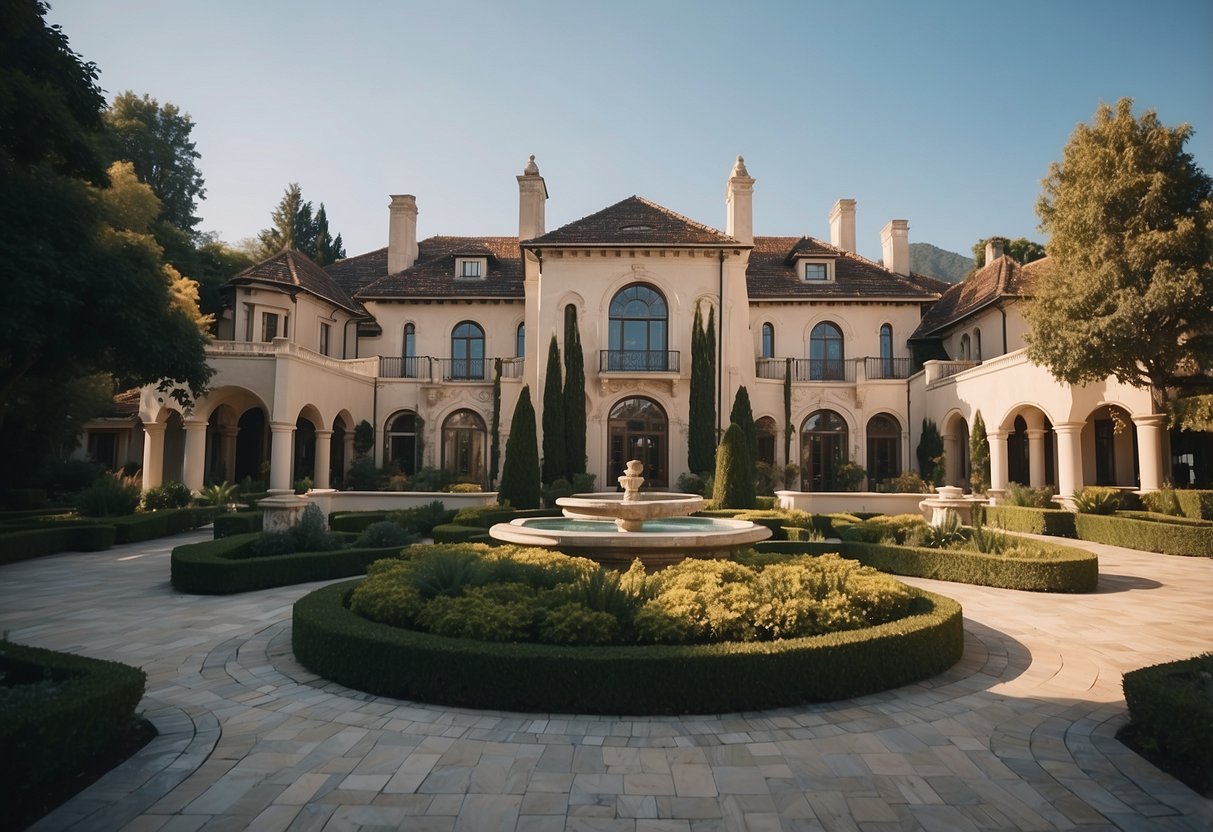
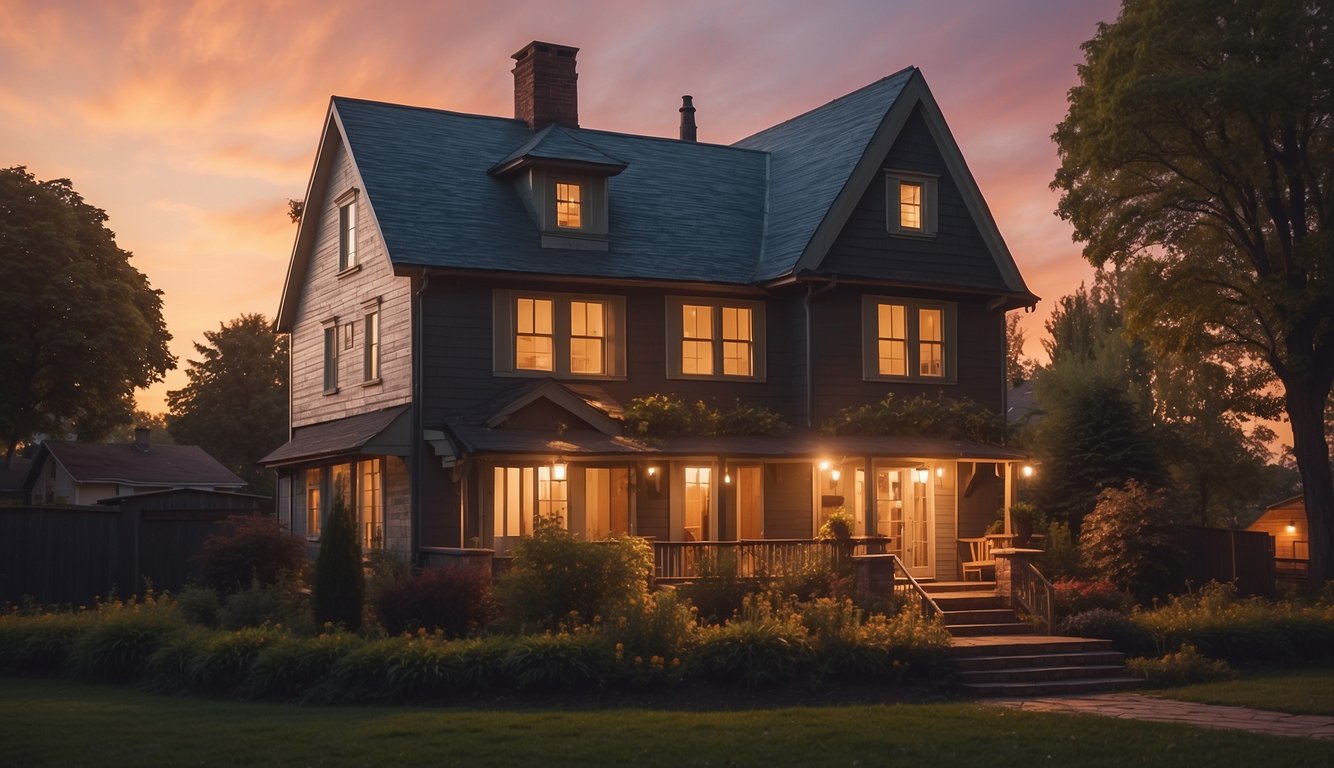


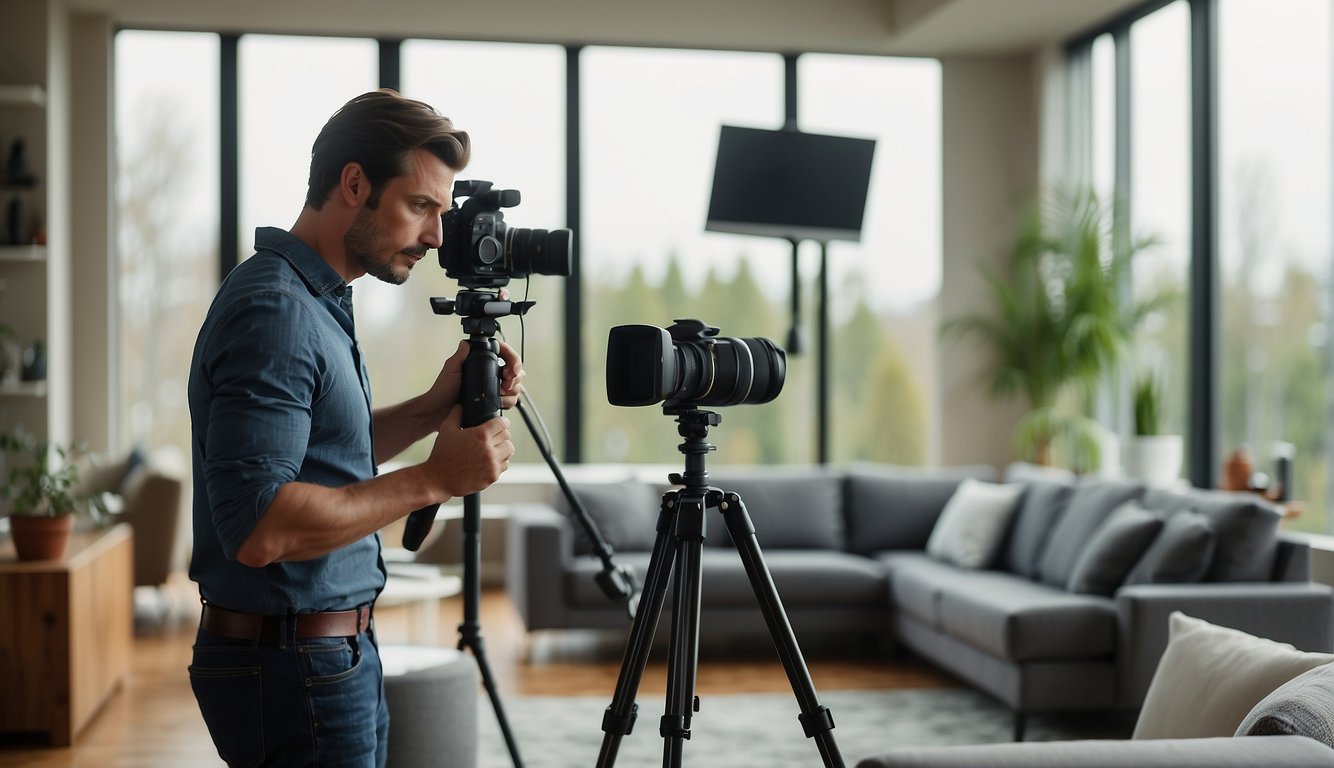





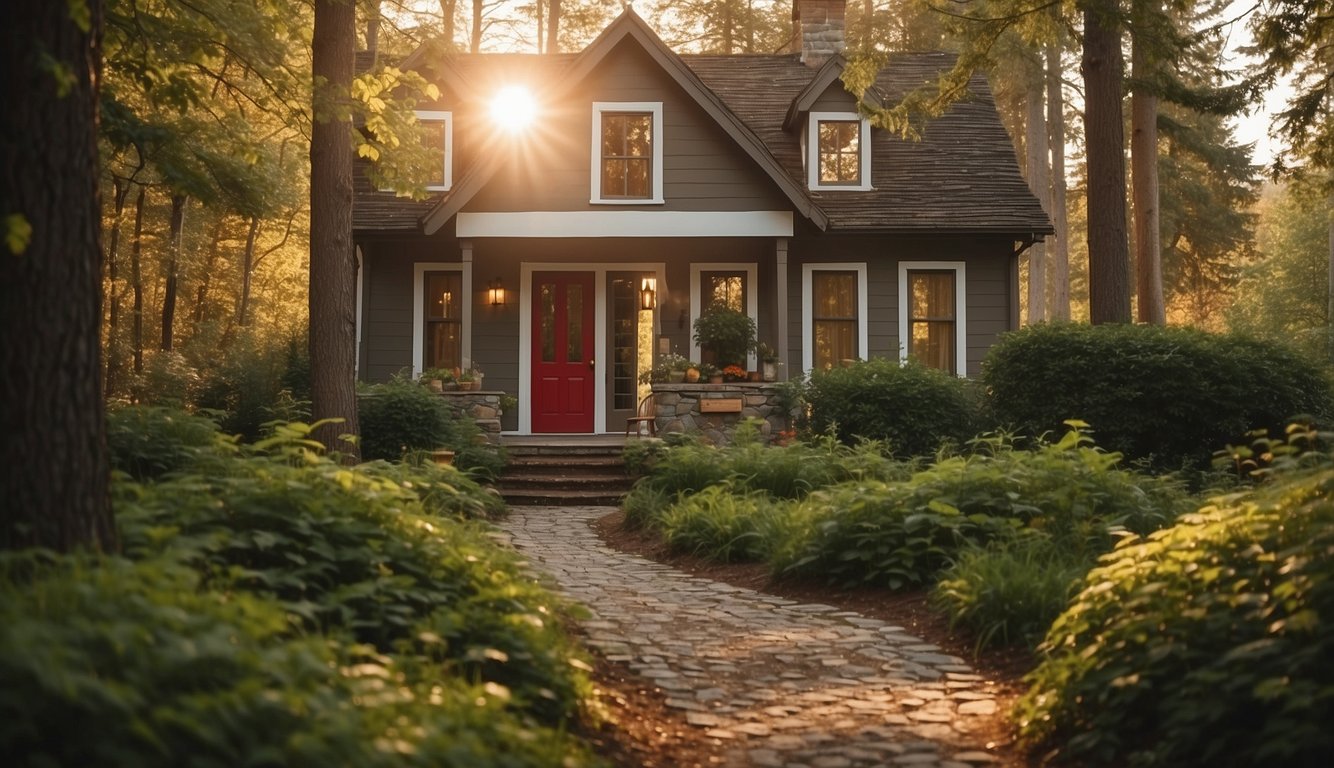







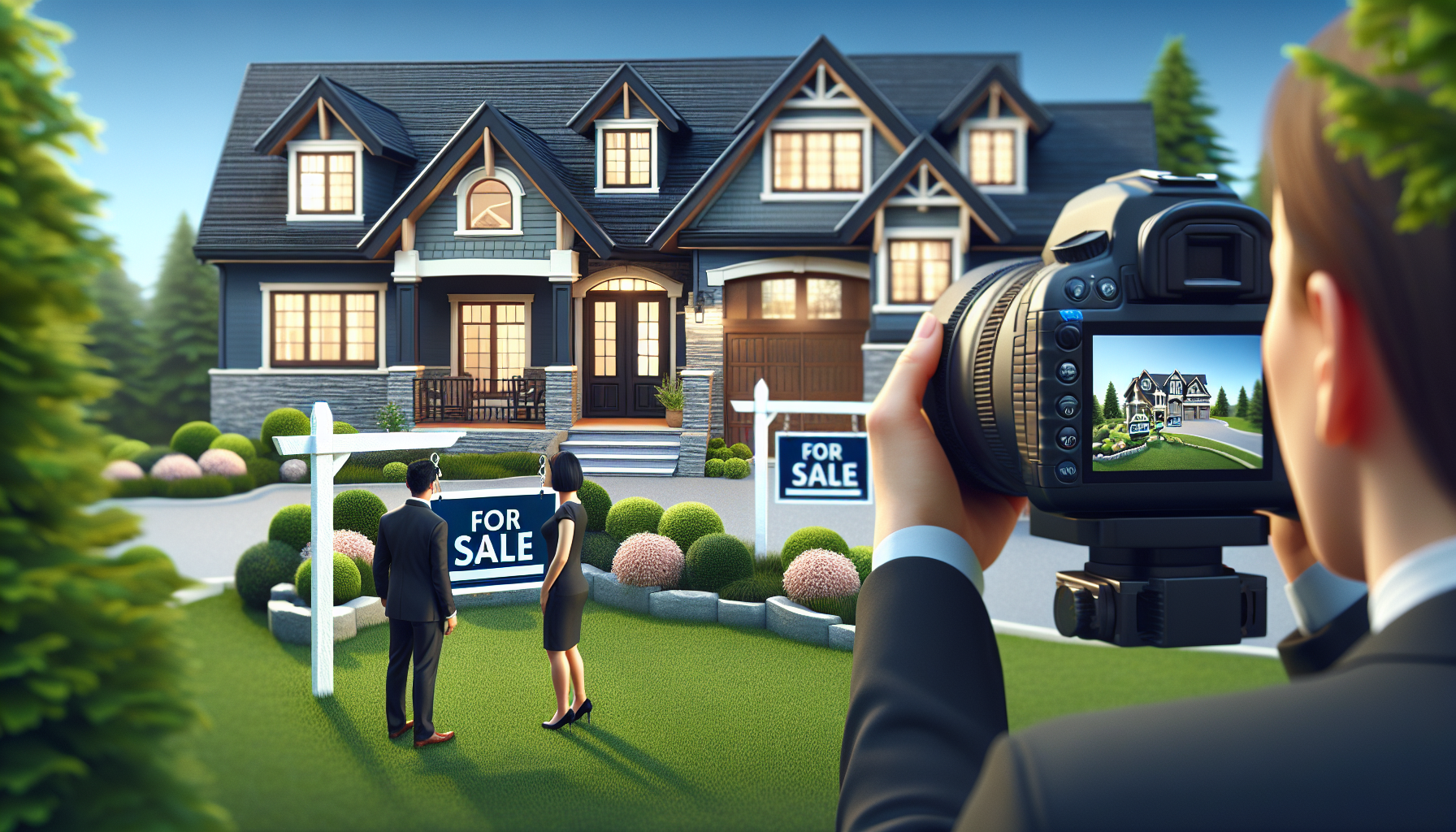

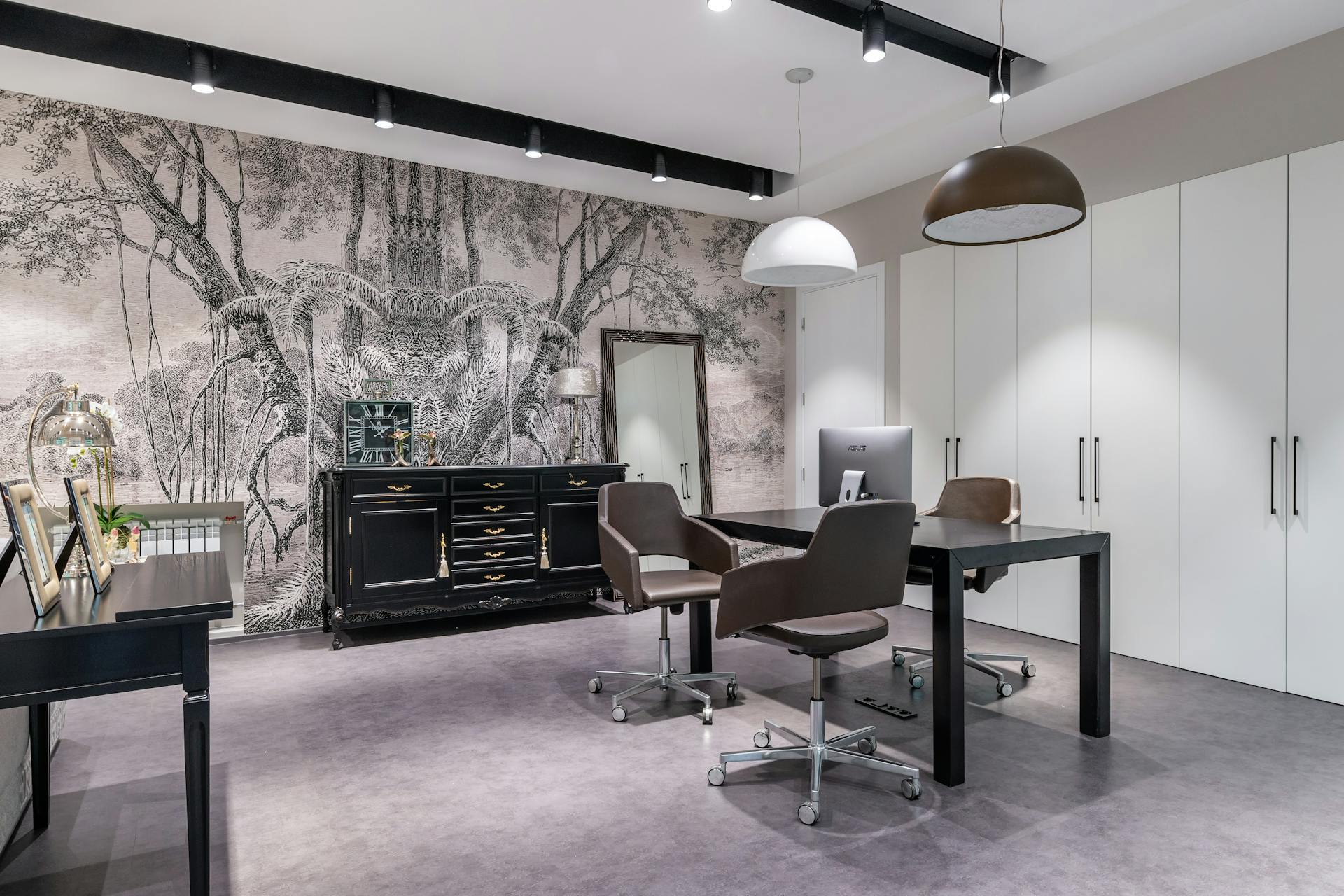
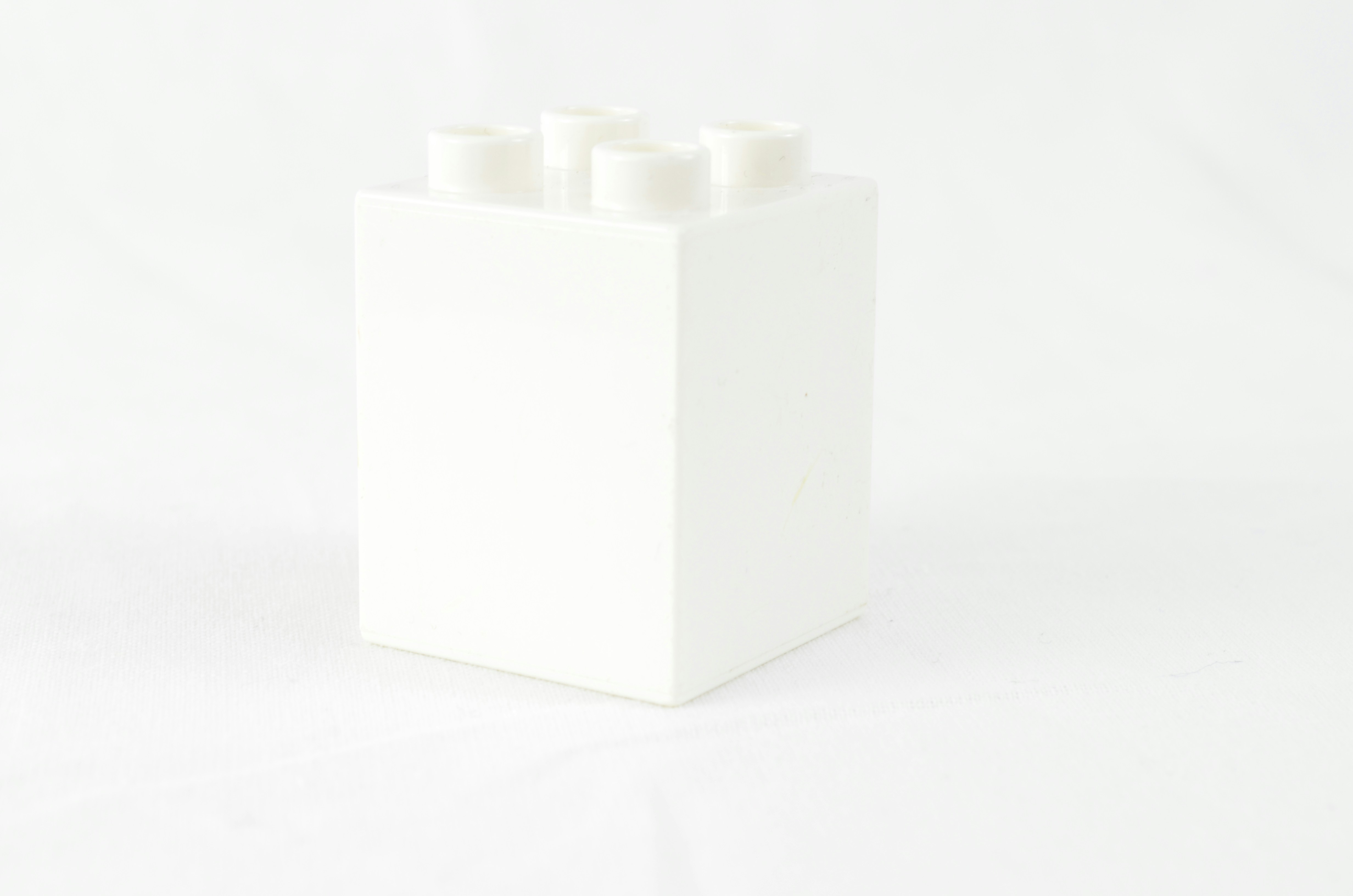 by Marcella Marcella (https://unsplash.com/@celle_a_belle)
by Marcella Marcella (https://unsplash.com/@celle_a_belle)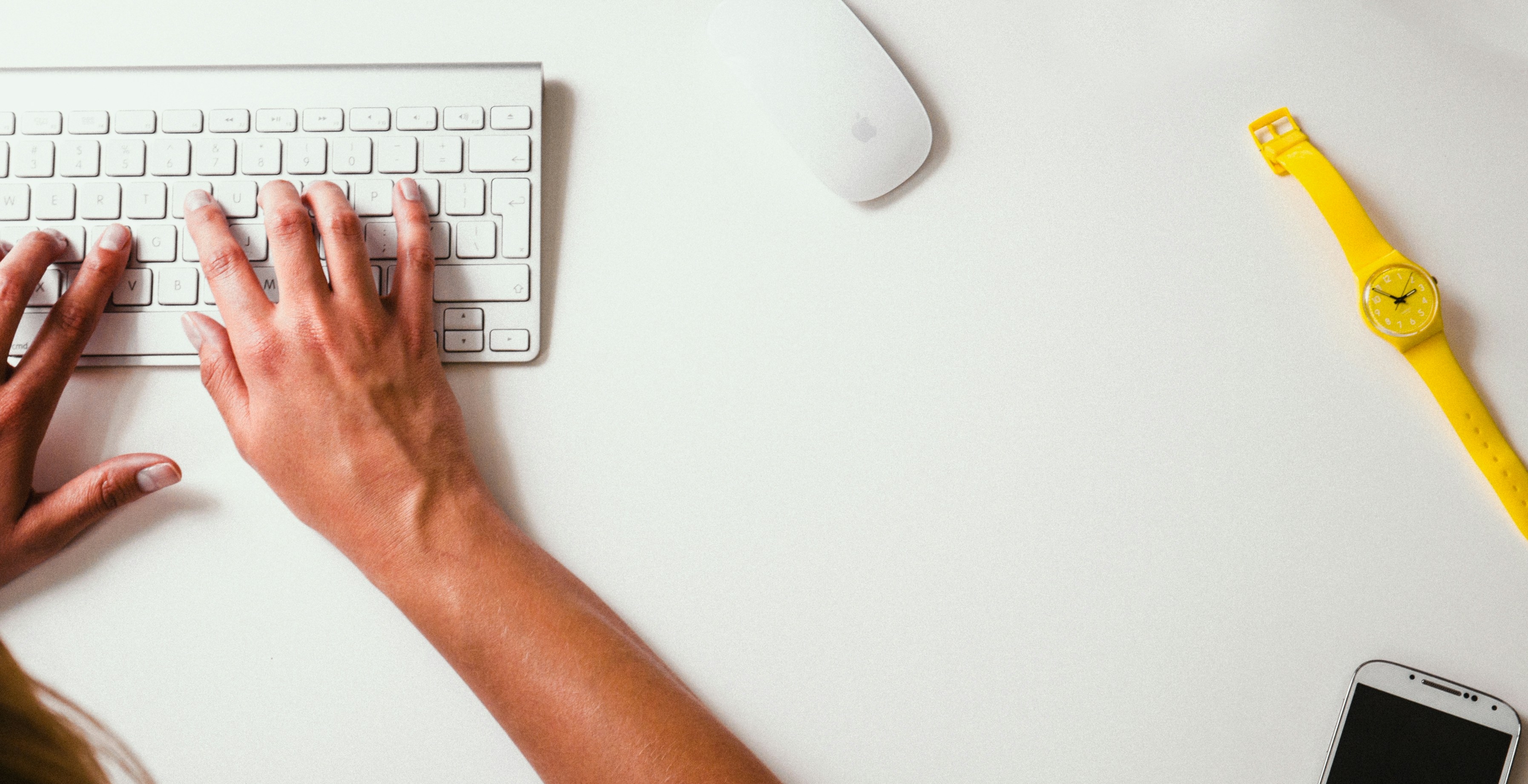 by Damian Zaleski (https://unsplash.com/@zal3wa)
by Damian Zaleski (https://unsplash.com/@zal3wa) by Milad Fakurian (https://unsplash.com/@fakurian)
by Milad Fakurian (https://unsplash.com/@fakurian)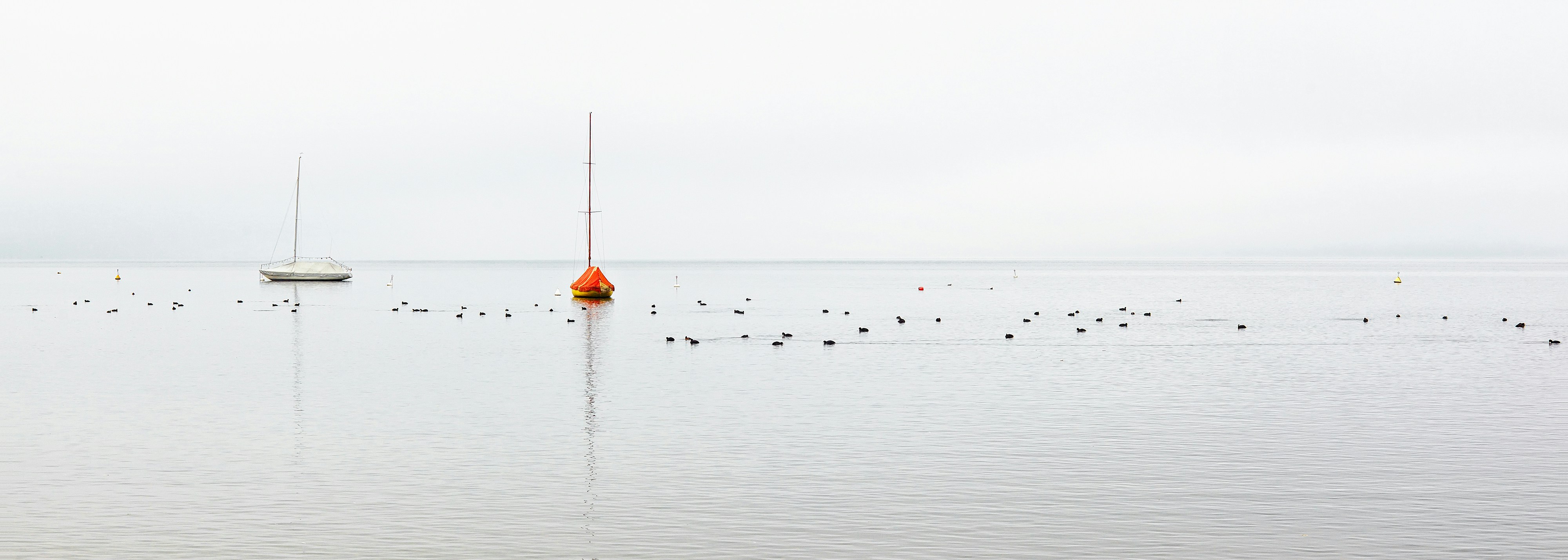 by Catherine Avak (https://unsplash.com/@catherine_avak)
by Catherine Avak (https://unsplash.com/@catherine_avak)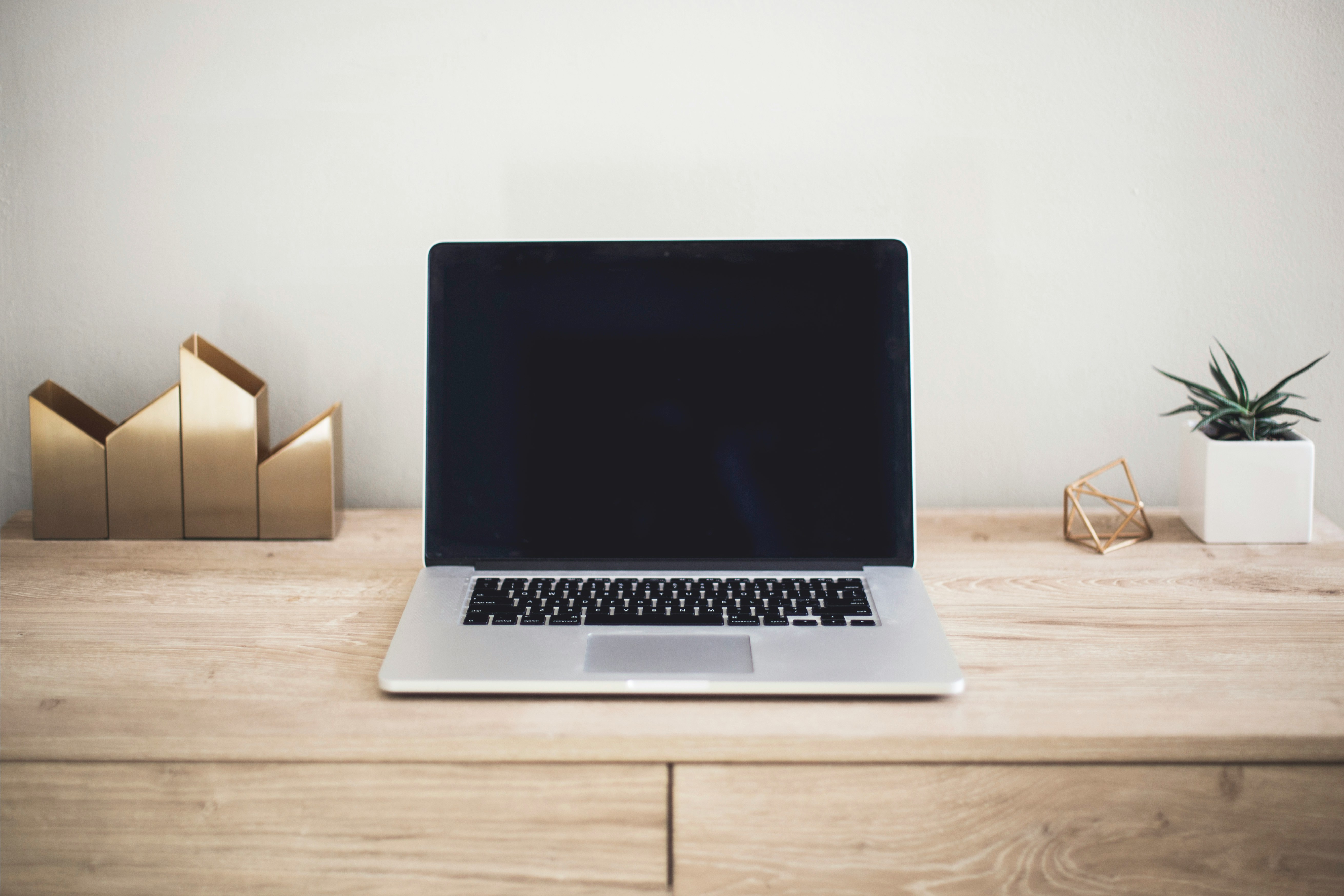 by Kari Shea (https://unsplash.com/@karishea)
by Kari Shea (https://unsplash.com/@karishea) by Sebastian Pichler (https://unsplash.com/@pichler_sebastian)
by Sebastian Pichler (https://unsplash.com/@pichler_sebastian)